History of Innovation
Since 1976, Matrox has been committed to developing innovative products that help our customers reach their goals. Our business is the result of Lorne Trottier’s visionary leadership and passion for innovation, along with a dedicated team focused on the relentless pursuit of excellence.
1976
Video RAM launches Matrox as a company. This alphanumeric display controller displays data from microprocessor-controlled automation systems and is the first specialized video display device on the worldwide market.
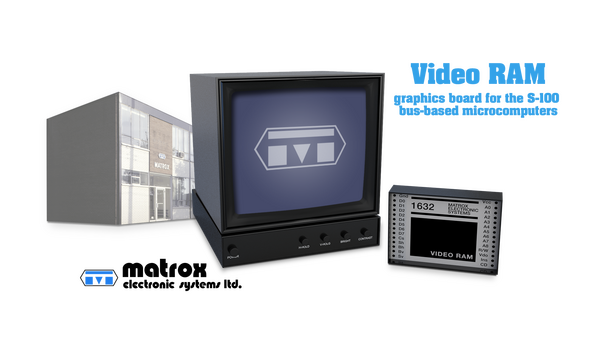

1979
The company unveils Quad Video Series, the first single board to provide multi-display support for up to four monitors. Designed for industrial and personal computers, Quad Video (QV) Series establishes Matrox as the first company to provide display solutions to the financial and business markets.
1982
Matrox introduces RGB-GRAPH, a multi-bus compatible set combining color graphics with video frame grabbing. Incorporating multiple baseline features, this product fuels the creation of the Matrox Video and Matrox Imaging divisions and lays the groundwork for future Matrox products. Frame grabbers remain a core product for Matrox to this day.

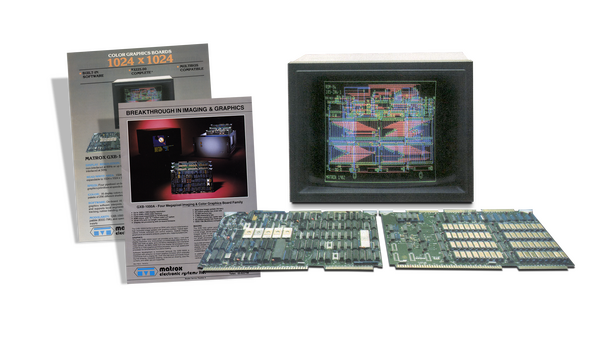
1983
The integration of the Matrox GXB 1000 megapixel display quadruples the support from any other computing product. It offers powerful on-board graphics firmware that executes commands from a display list of over 256 applications and is the first board-level graphics card with a hardware accelerator.
1986
Matrox introduces the SM-640 Space Machine, the first PC-based graphics subsystem with hardware support for 3D graphics. This product allows users to build complex models with Boolean operations, a technology previously available only on high-performance graphics workstations.
The company also launches the MVP-AT, the world's first PC-based image processing accelerator, and establishes Matrox as a key player in hardware imaging.
In the same year, Matrox wins a $100 million contract with the U.S. Army to supply Electronic Information Delivery Systems (EIDS). EIDS is the world's first multimedia PCs to combine color graphics, video, digital audio, and digital data on a single laser disk.


1989
The Matrox Image Series sets a new industry standard with three custom chips, providing real-time pipelined "neighborhood" image processing. Matrox gambles on new ASIC technology, which allows the company to design its own chips with integrated specialized hardware capabilities. The portable Matrox Image Library (MIL) is first developed for this product.
The Matrox Video Products Group debuts the Illuminator Series, a range of video graphics boards, which succeed in areas such as graphics titling for broadcast television.
1992
Matrox Studio is the world's first hybrid linear/non-linear video-editing system for broadcast professionals. It draws standing-room-only crowds for its debut at the National Association of Broadcasters (NAB) annual convention.
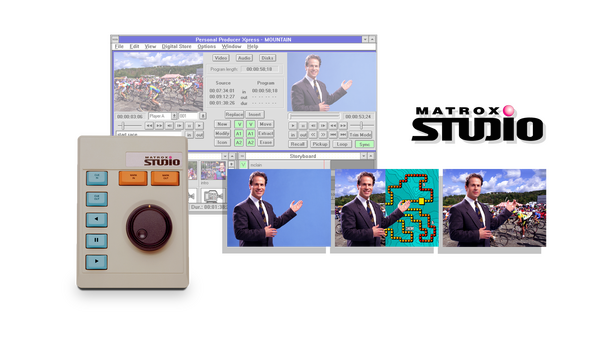
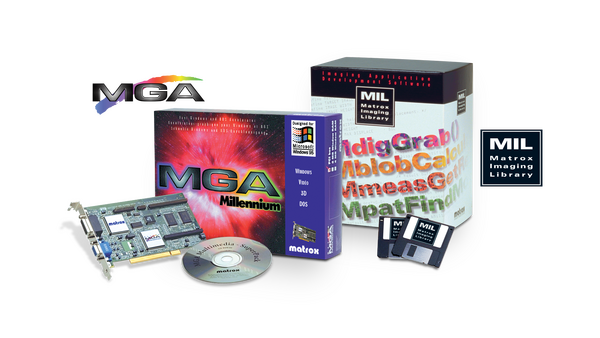
1993
Matrox introduces Millennium, the industry’s first 64-bit graphics chip and the core of the first two generations of Matrox Millennium cards. It’s the first card with simultaneous 2D, 3D, and video acceleration, and the fastest PC graphics card of its time. With MGA Millennium, Matrox pioneers the multi-display GPU and paves the way for the multi-monitor desktop.
In the same year, the company develops the Matrox Imaging Library (MIL), the industry’s first hardware-independent library of vision software tools, enabling leading-edge developers to reduce costs and decrease time to market. Still today MIL is at the core of our machine vision products.
1996
Matrox launches the Matrox Genesis Series vision processor, and with its highly pipelined, parallel-processing architecture, establishes a new performance industry standard.
The company also introduces Matrox DigiSuite, the first affordable all-digital system for real-time, non-linear editing. The award-winning DigiSuite breaks new ground in offering a full set of professional-quality editing and effects capabilities. DigiSuite becomes the world's best-selling professional video editing card.
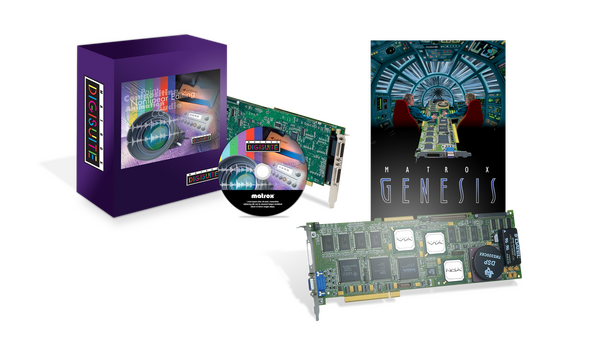
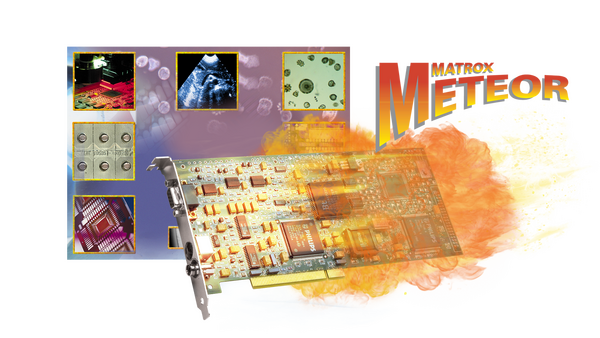
1997
Matrox rolls out Matrox Meteor-II, a family of high-performance, fully programmable PCI frame grabbers for cost-sensitive applications.
1998
Matrox ushers in a new era of integration for 2D, 3D, and video acceleration. Matrox MGA-G200 is the first AGP graphics chip on the market to blend superior performance in every application area without compromise, creating the best all-around graphics and multimedia accelerator available. The MGA-G200 is the most successful graphics chip in the history of Matrox, and it lives on today in IP licensing deals.
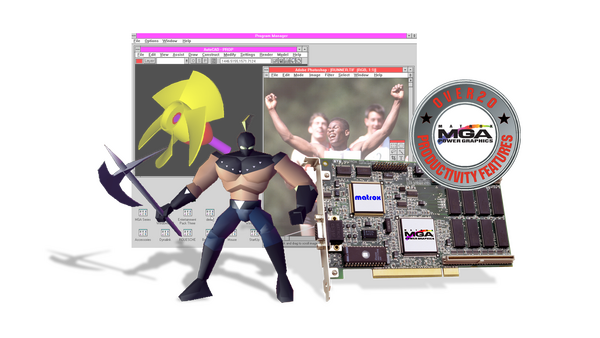
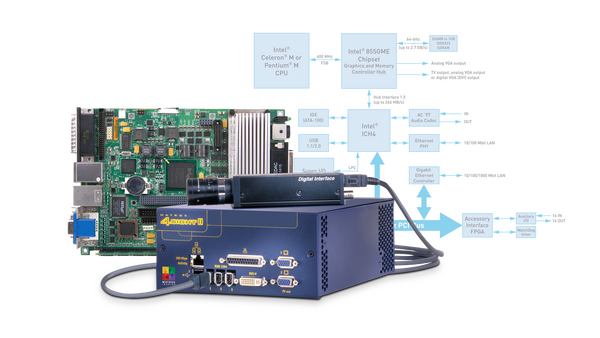
1999
Matrox Imaging expands into new markets with industrial vision computers. Several product generations later, the Matrox 4Sight family of industrial computers remains the controller of choice for machine vision workloads.
In the same year, the company releases the acclaimed Matrox G400, the first chip to support DualHead technology. With G400, Matrox pioneers the consumer dual-monitor graphics card, providing PC users the ability to divide their work across multiple screens and boost productivity. The ability to drive two or more screens has since become a standard feature on virtually all graphics cards.
2000
Matrox Video Products Group ships Matrox RT2000, as professional real-time video editing and effects engine. RT2000 is powered by revolutionary Matrox Flex 3D technology, which harnesses the power of mainstream 3D graphics to deliver broadcast-quality video effects.
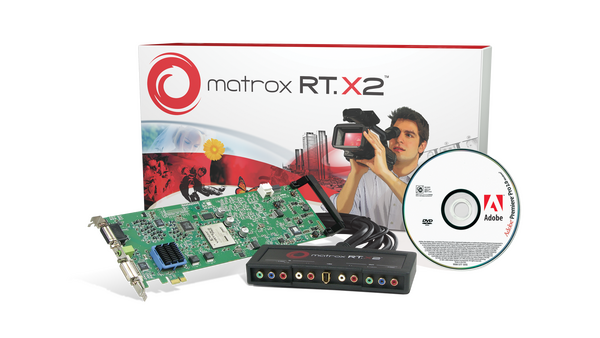

2003
Matrox launches the revolutionary Parhelia-512 graphics processor and introduces the Matrox Parhelia Series of products, including Parhelia HR256, the first 4K video card on the market.
2004
Matrox powers the first PCI Express® x16 quad card. Integrating with ATX and low-profile systems, Matrox QID LP PCIe® supports up to four analog or digital monitors at independent or extended resolutions.
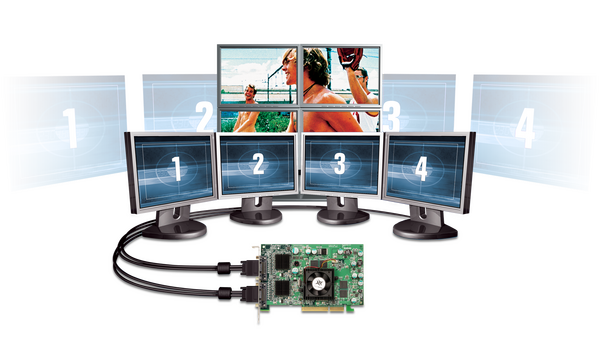
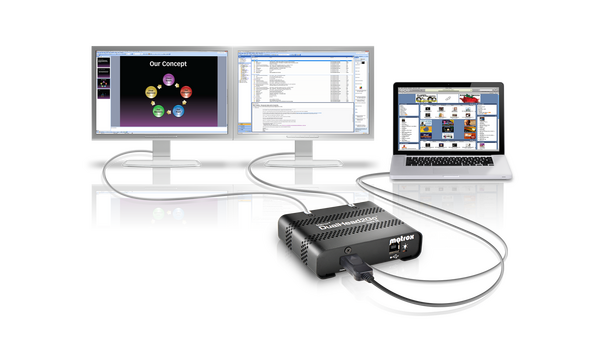
2005
Matrox reinvents the DualHead desktop with the award-winning graphics eXpansion modules (GXM). Matrox DualHead2Go is the first portable external multi-display adapter capable of adding up to two monitors to a laptop.
2006
Matrox launches Matrox Extio F1400, the world’s first external graphics unit delivering remote multi-display graphics capabilities, and officially enters the world of KVM technology.
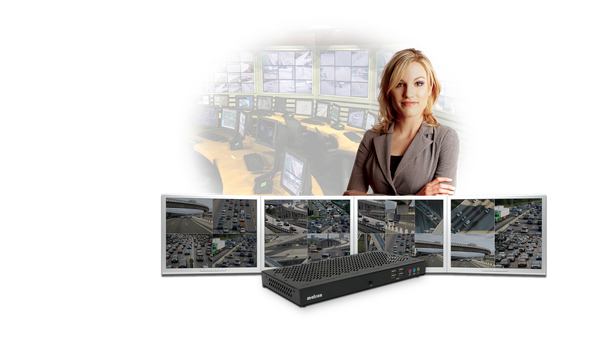
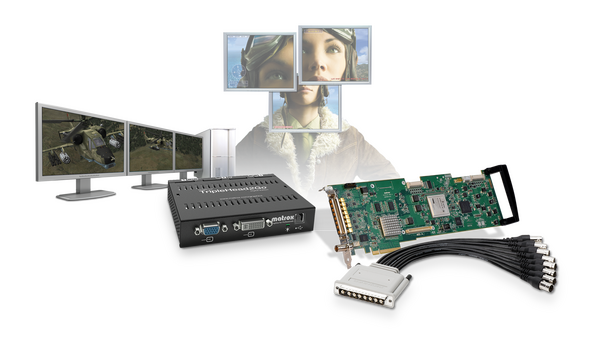
2007
Expanding its line of GXM products, Matrox adds Matrox TripleHead2Go, an external graphics module capable of adding support for an additional three monitors.
The Matrox x.Mio2 card is embedded in many industry-leading computer graphics and video servers.
2008
Matrox Iris GT smart camera family is introduced, featuring an integrated development environment.
Matrox announces Matrox MXO2, the first portable I/O device and H.264 accelerator.
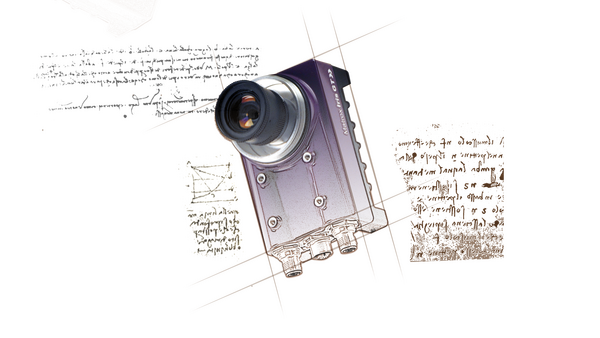
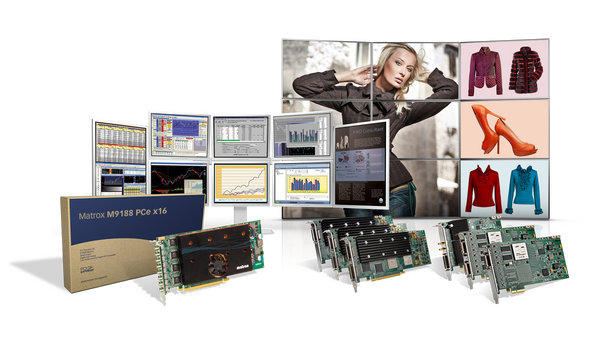
2010
All-in-one controller board, Matrox Mura MPX Series sets the new benchmark for collaborative video walls.
Matrox reinvents the multi-display desktop. Matrox M9188 is the first single-slot PCIe x16 graphics card capable of supporting eight monitors from a single card.
Matrox introduces SV2, the company’s first high density video processing and encoding ASIC.
2012
The company releases Matrox Maevex 5100 Series, its first video distribution over IP technology, including encoders and decoders capable of extending or recording up to 1080p60 video and audio over a standard IP network.
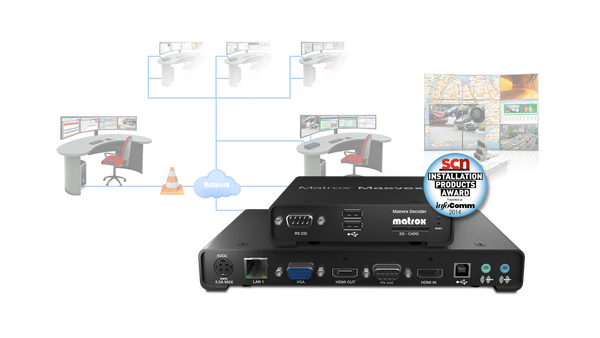
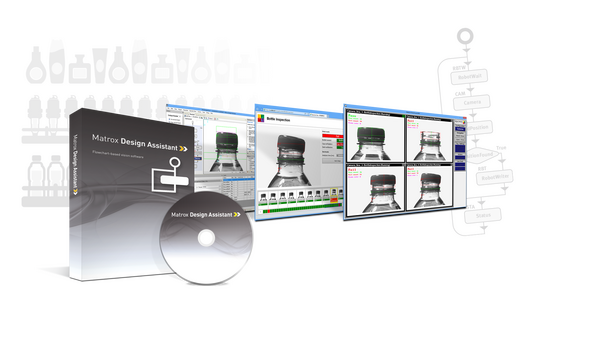
2014
Matrox Imaging launches a new, intuitive way to create vision applications through a stand-alone flowchart-based integrated development environment (IDE), Matrox Design Assistant.
2015
Matrox launches the Matrox M264 accelerator card to help broadcast OEMs develop systems for workflows never before possible.
The company advances in IP, announcing Matrox Mura IPX Series, its first IP-based video wall solution.

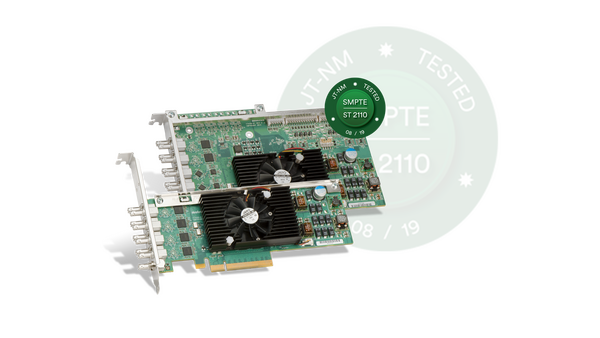
2016
Matrox enables 4K and HD simulcast for broadcast production with its first ST 2110 I/O cards, Matrox X.mio3.
2018
Matrox Imaging takes a deep dive into deep learning, adding image classification to Matrox Imaging Library and Matrox Design Assistant software.
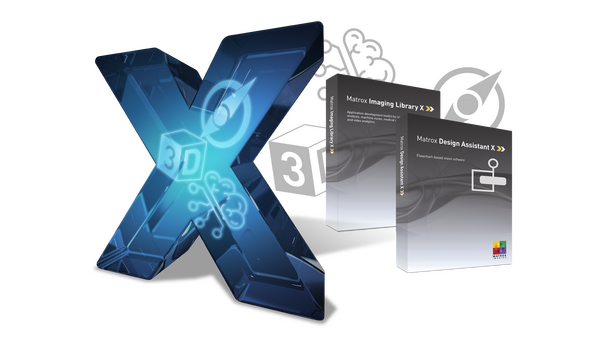
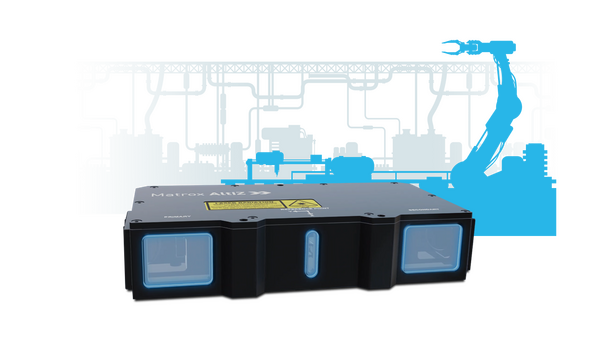
2019
High fidelity 3D profile sensors are launched. A new product line born from the market demand for superior 3D reproduction fidelity, the Matrox AltiZ stands apart from the competition with its dual optical-sensor design and data-fusion capability.
2020
Matrox initiates IPMX effort to bring standardization to the AVoIP ProAV markets.

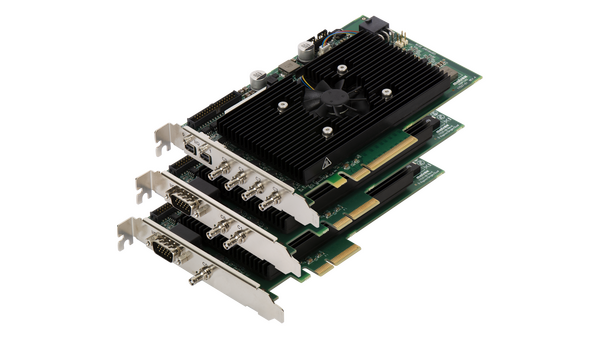
2021
Matrox Rapixo CXP frame grabbers are the first to receive full CoaXPress 2.0 certification from the Japan Industrial Imaging Association (JIIA).
2022
Matrox Video launches its first IPMX-ready line of products: the ConvertIP Series of devices capable of receiving and transmitting SMPTE ST 2110 and IPMX signals.
Matrox Video also releases the ConductIP media routing appliance and software suite designed to discover, manage, and route any SMPTE ST 2110 or IPMX-ready device and signal on your network.
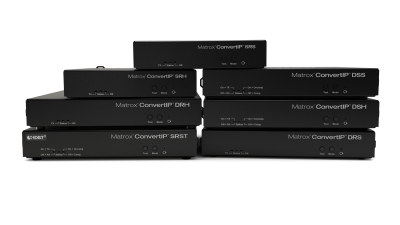

2023
Matrox Video launches ORIGIN, the first asynchronous media framework built on a cloud-native architecture that reconciles live production requirements with the capabilities of the cloud.
Matrox ORIGIN transforms the challenges of running in the cloud into technical and business advantages.
